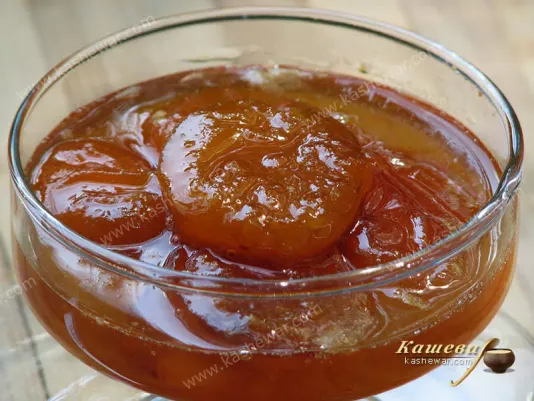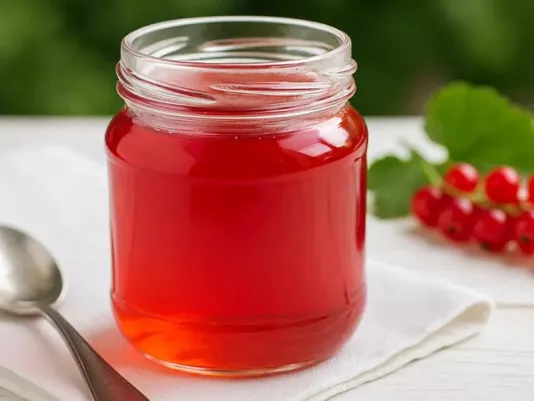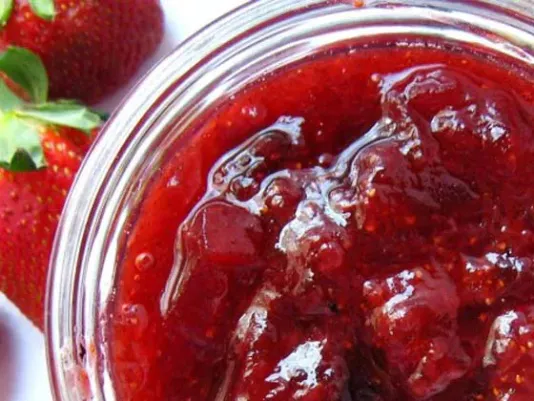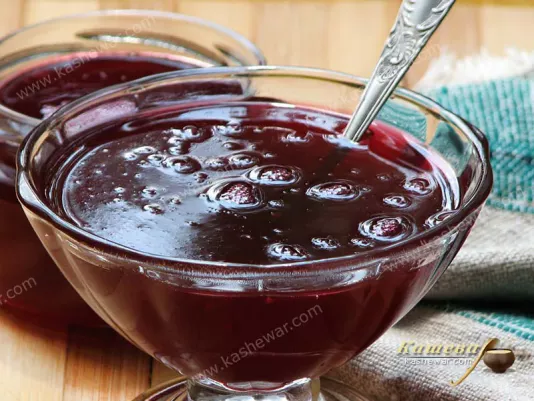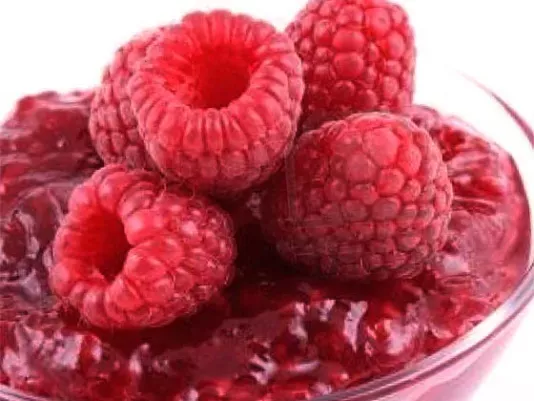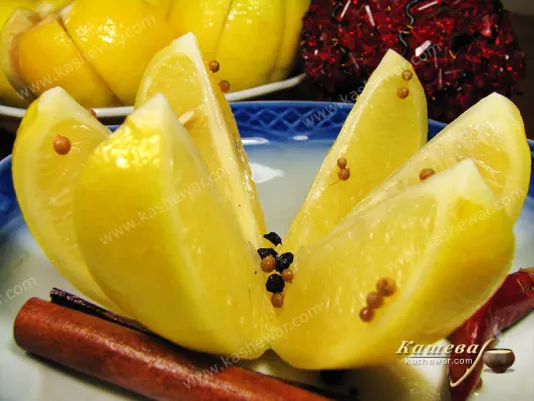Canned Fruits and Spreads
Canned fruits and spreads are a special part of cooking for me, because they allow the gifts of summer to be preserved for many months. I love opening a jar of jam in winter, when it’s cold, and tasting raspberry, strawberry, or quince as if they were just picked. I use jams and marmalades not only as a sweet snack but also as fillings for pies or cakes, and they always deliver excellent results. Juices, especially apple or grape, are a way for me to treat my family to a natural drink without unnecessary additives. And Japanese umeboshi opened a whole new world of flavor for me – sour-salty, very unusual, but extremely interesting. For me, these products are not just preserves but a treasure chest of ideas for everyday meals and festive dishes.
Different Types of Canned Fruits and Spreads
Jam, Jelly, and Fruit Butter in Home Cooking
In my family, jam has always been a symbol of coziness. I remember opening a jar of raspberry jam and adding a spoonful to hot tea on winter evenings – it instantly warmed me up and reminded me of summer. Now I often make jam from various fruits and berries myself, using it not only as a treat but also as a filling for pies or pancakes. Jellies are more versatile for me: they have a delicate texture and are suitable for cake creams or layers in tortes. I love combining jelly with cream cheese on bread – it makes a quick and tasty breakfast. Fruit butter is a separate story for me. Its thickness makes it easy to use as a filling for pastries or rolls, and it always holds its shape during baking. I often make apple or quince fruit butter because it pairs well with cinnamon and creates a warm autumn mood. Moreover, these spreads are convenient to store: they last a long time and are always on hand when I need to quickly prepare something sweet. For me, jam, jelly, and fruit butter are not just preserves but a real part of culinary culture. They combine traditions, memories, and opportunities for creativity. I like to experiment with flavor combinations, adding, for example, orange zest to apple jam or nuts to apricot jelly. Such small details make familiar preserves unique and give new impressions from well-known tastes.
Marmalade and Its Varieties
Marmalade has always been a tender and at the same time bright delight for me. I like when it has a dense texture and can be easily cut into pieces that can be served with tea or used as decoration for desserts. I especially enjoy quince marmalade – its flavor is rich, slightly tart, and it pairs wonderfully with pastries. I use it as a filling for cookies or simply serve it with tea as a sweet treat. Quince marmalade has become universal for me: it is suitable both for festive tables and for everyday snacks. I also love fruit marmalades made from berries or citrus fruits. They add brightness to cakes and make simple dishes festive. For example, orange marmalade goes perfectly with sponge cake or cheesecakes, while grape marmalade gives desserts tenderness and a special aroma. I noticed that marmalade works well not only in sweet menus: small pieces can even be added to meat dishes to create an interesting flavor combination. For me, marmalade is always more than just a sweet product. It preserves the taste of fruits, brings vibrant colors, and allows creativity. I often use it as a base for new recipes, combining it with nuts, chocolate, or aromatic spices. In this way, familiar marmalade turns into something completely new and always brings joy not only to me but also to my family.
Umeboshi as a Unique Product
When I first tried umeboshi, I was surprised by their unusual taste. These are Japanese pickled plums with a distinct sour-salty flavor that is completely different from the preserves we are used to. For me, they were a discovery: at first, the taste seemed too sharp, but over time I learned to appreciate it in combination with other foods. Now I use umeboshi as an interesting seasoning for rice, add them to salads, or serve them with meat dishes to create contrast. I noticed that this product is not only interesting in taste but also has health benefits. Umeboshi are rich in organic acids that aid digestion and are traditionally considered a means of supporting the body in Japanese cuisine. For me, they became a little secret for adding an oriental character to dishes without complicated recipes. I use umeboshi carefully because their taste is very concentrated. A small piece is enough to give a dish a completely new flavor. This is not a product for daily use, but it works perfectly when you want to surprise loved ones with something new. In my kitchen, umeboshi have a special place as an exotic and healthy seasoning that expands culinary horizons and delivers unusual experiences.
Storage and Use of Canned Fruits
Over the years, I have realized that canned fruits and spreads require proper storage to stay tasty and healthy longer. I always keep jars in a dark, cool place, away from sunlight, and make sure the lids are tightly closed. I store opened jars in the refrigerator and use them within a few weeks since fresh jam or jelly has the best aroma during this period. I also always pour juices into clean glass bottles, as this keeps them fresh longer. For me, canned fruits are not only a way to make a sweet snack but also a universal ingredient for many dishes. I add jam to pastries, use jelly in desserts, and spread fruit butter on toast for a quick breakfast. Juices become the base for sauces, marinades, and even cocktails. I use marmalade to decorate cakes or as a standalone dessert with tea. And umeboshi help create new flavor combinations that are hard to achieve with ordinary products. My experience tells me that canned fruits and spreads are always worth having on hand, as they come to the rescue when you crave something sweet or need to quickly prepare a dessert. These products combine practicality and comfort, preserve the warmth of summer, and allow creativity even when the season of fresh fruits is long gone. For me, they have become a true culinary reserve that inspires new dishes every day.
